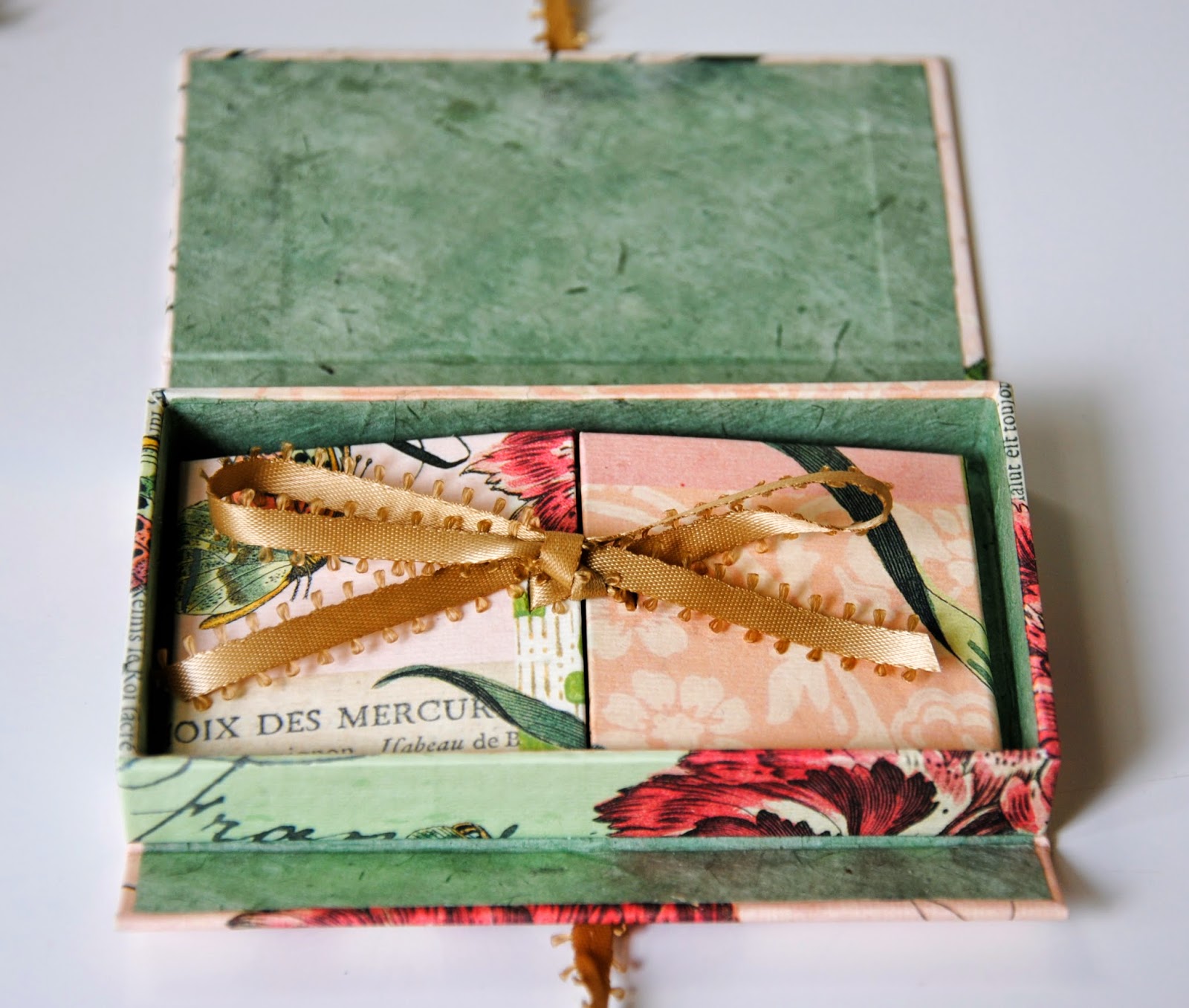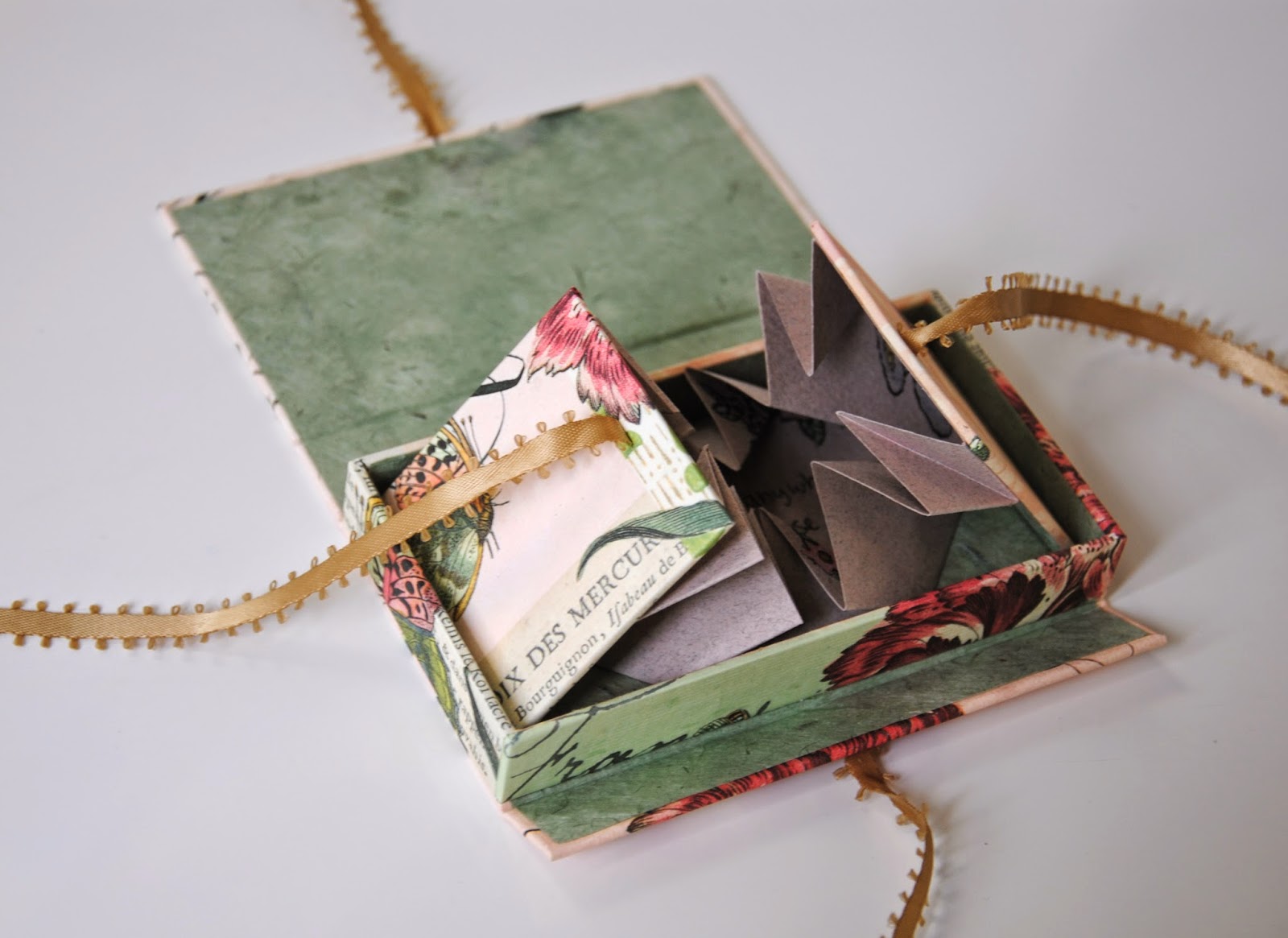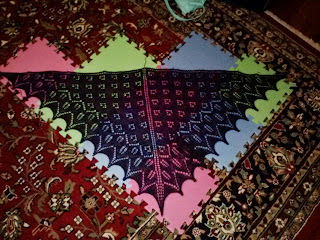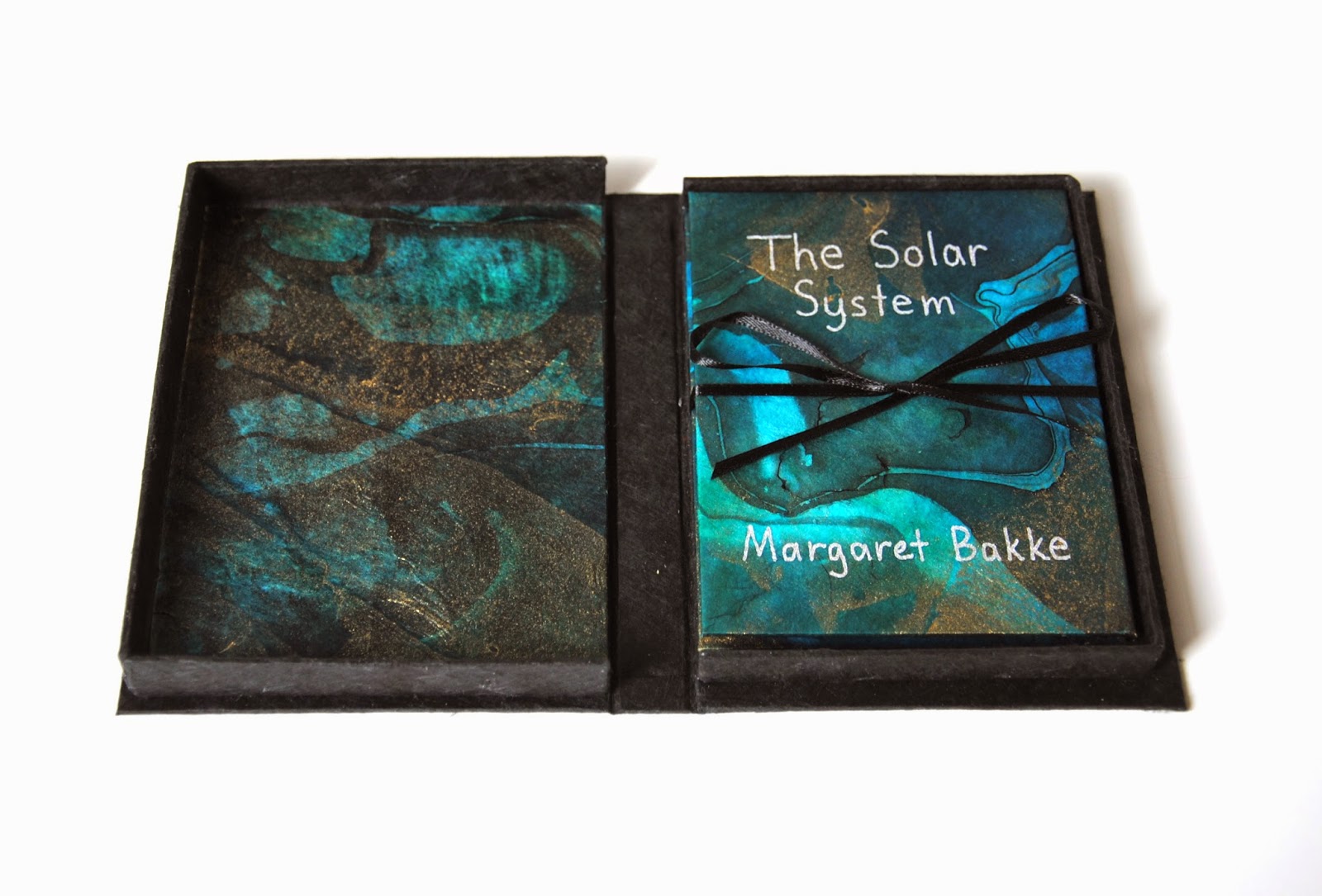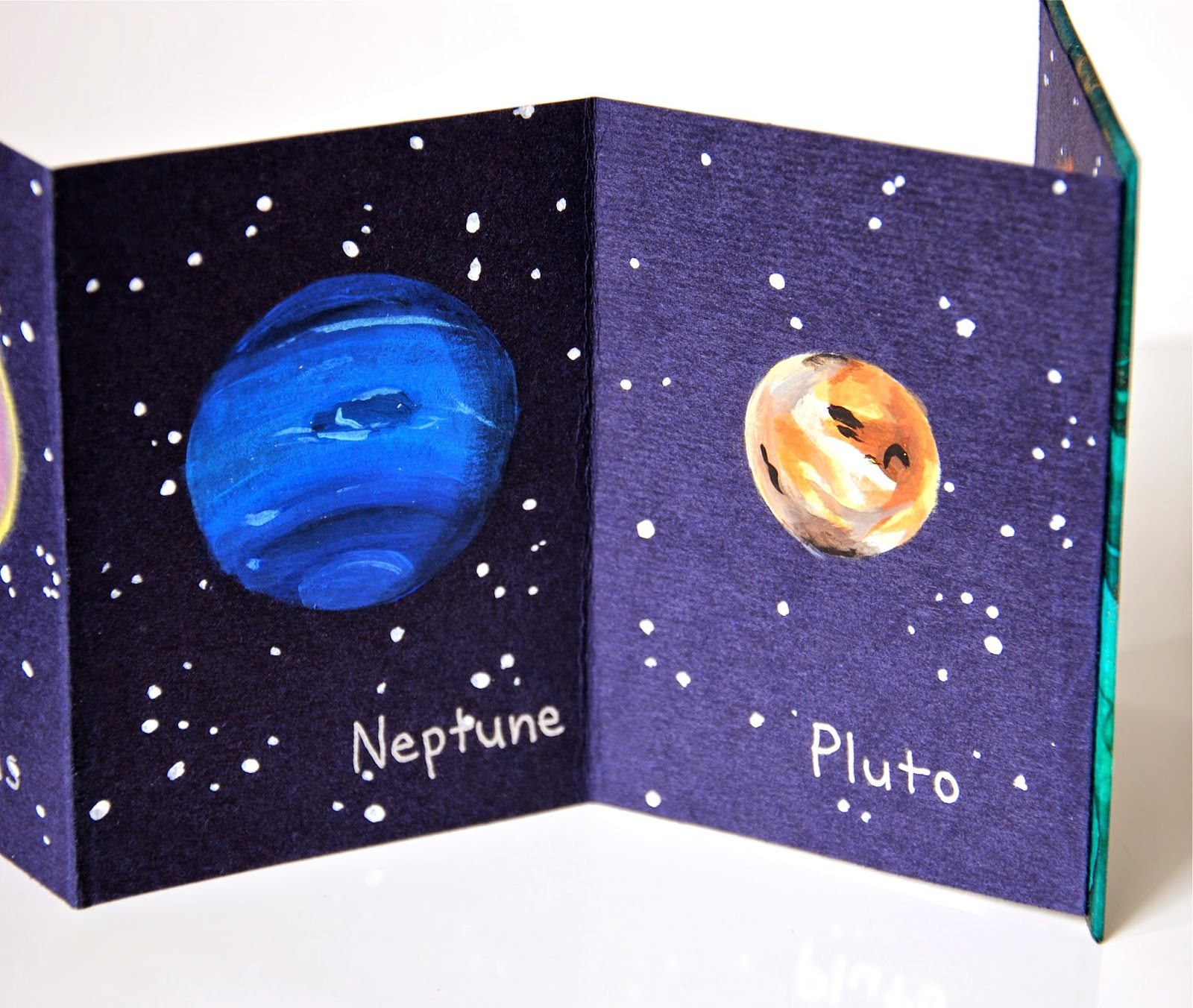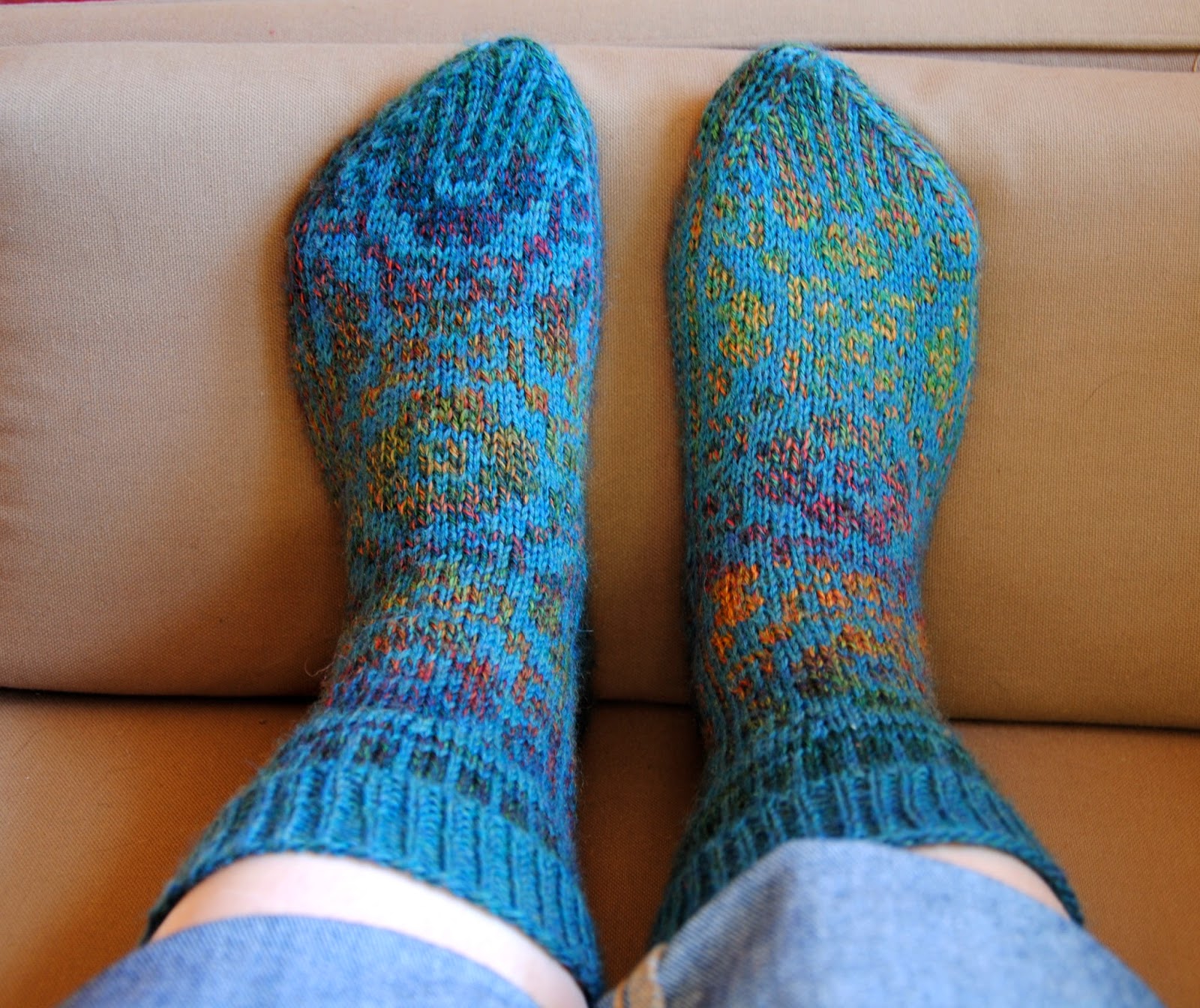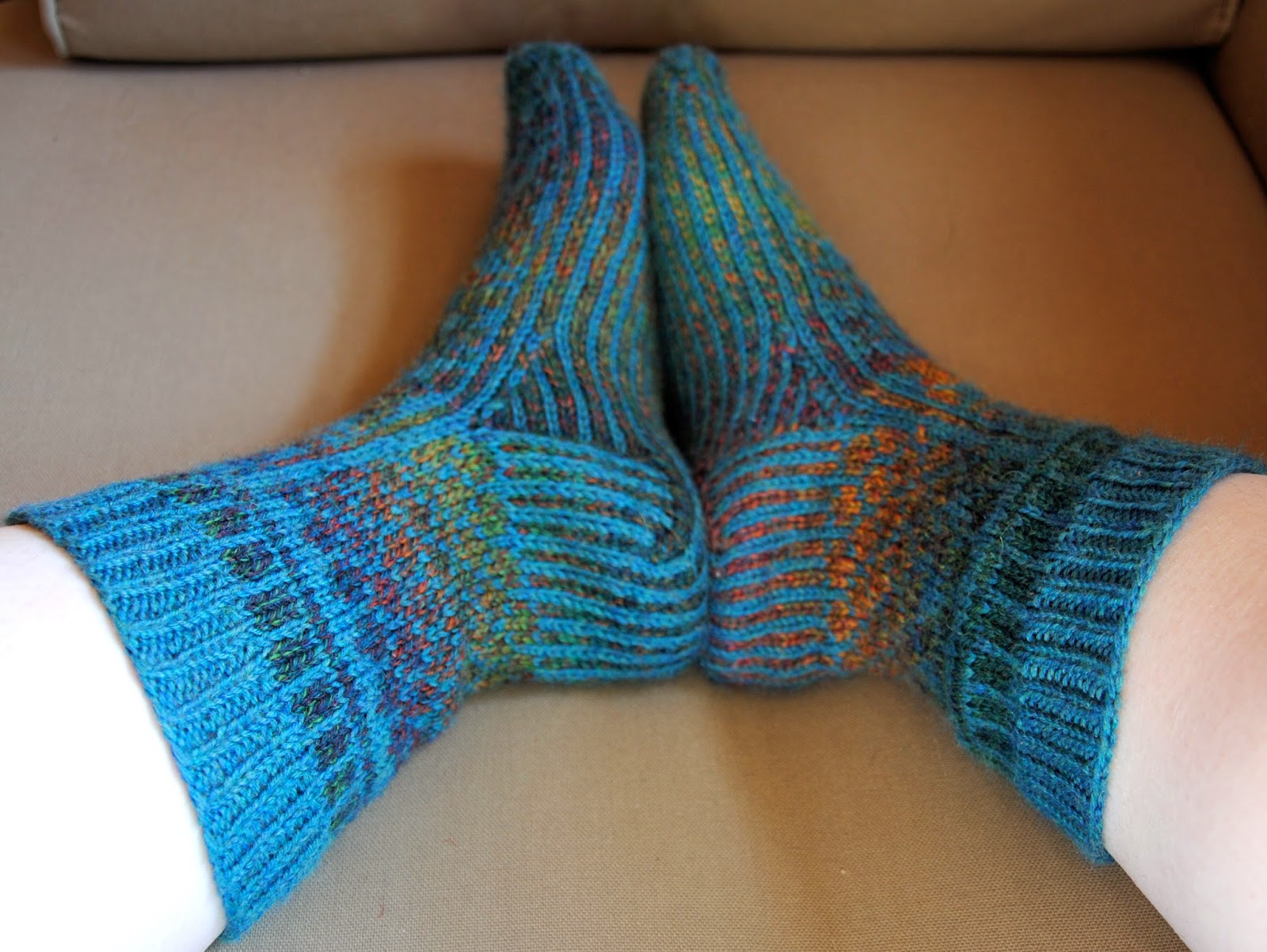Most of my friends and blog readers know that I am an avid crafter and artist. (If you haven't figured that out by now, you
really haven't been paying attention...) I have been crocheting and knitting for many years, and last year my friend Mary
taught me how to spin yarn. Spinning is something that got put on the back burner with all the other things going on in my life, but recently I've had a renewed interest in spinning and natural dyeing.
Part of what fueled my renewed excitement for spinning is this large trash bag full of raw wool! I made friends with a woman named Diane that had come to Cleveland to take workshops at the Morgan Conservatory where I work. She has a flock of sheep and three herding dogs. (I have not seen any of her sheep but I met her dogs, they are adorable and very well behaved.) On her second visit to Cleveland, she brought me a bag of raw wool from her Leicester sheep, half white wool and half black. Now that I have the raw materials there is no excuse not to spin!

Before I could start spinning, I had to learn about processing raw wool. Raw wool has a combination of dirt, grass, and lanolin embedded in the fibers. Lanolin is a waxy substance secreted by sheep to help protect their skin. Lanolin helps make the wool waterproof, but it also feels oily and is more difficult to work with than clean wool. To clean the wool I filled a bucket with very hot water, added several squirts of dawn dish soap, and let a bunch of wool sink into the water. It is necessary to use very hot water so the lanolin can melt out of the wool and get absorbed by the dish soap. Once the wool is in the water,
don't touch it. Heat and agitation together will felt the wool into a blob. After 15-20 minutes, remove the wool from the bucket, pour out the dirty water, and start again. I soaked the wool 2-3 times in hot soapy water and 2-3 times in clean hot water to remove the soap.

Once the wool is clean, use a towel to gently squeeze out excess water. Don't wring out the wool or it will turn into a blob. I spread my clean wool out on a folding drying rack with a mesh top so air can get above and below, and help it dry faster. If that is not available, a towel on the floor will work fine. After the wool is dry, there are still a few pieces of grass and dirt tangled in the fibers, and a little bit of lanolin holding the ends of each lock together. To help clean and detangle the fiber I purchased a set of hand carders. The hand carders basically brush the wool and loosen the fibers so the remaining dirt particles can fall out. After carding, I remove the wool and roll it into a cylindrical thing called a rolag. These rolags can be used to draft the fibers for spinning.
So there you go! That is how I got from a bag of raw wool to being ready to spin. I have cleaned 3-4 buckets of white fiber, 2 of black fiber, and I have only made a dent in the amount of fiber left to clean. Needless to say, this will keep me spinning through the whole fall and winter. I have enjoyed using the clean wool in my natural dye experiments. Pretty soon I will have my own hand dyed and hand spun yarn.




























